The Historical Town Centre
These streets maintain their steep original layout. Even though in 1484 and in 1553 two separate fires ravaged the town. Manor houses and palaces are still standing that were build between the fifteenth and eighteenth centuries, some of which have been declared historical-artistic heritage sites.
Regrettably, only a small part of the original wall stands, since, as in many other locations, a large part of it was destroyed during the 18th century in the name of the urban development, which was very non-conservative in its approach and which at that time advocated exemplification.
Nevertheless, these same lines of thought inspired the neo-classical church of Nuestra Señora de la Asunción and Txurruka Square.
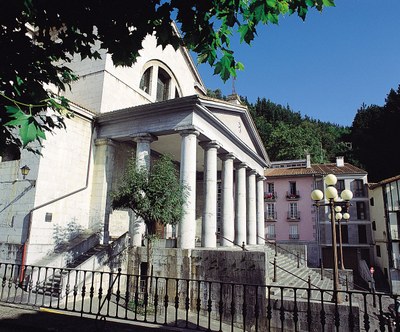
The church of Our Lady of the Assumptiona
National monument
This church, considered a historic building, is one of the best Gipuzkoan neoclassical examples. It was designed by the architect Silvestre Pérez, and its construction continued from between 1803 and 1843.
Inside you can also find the canvas painting by Francisco de Zurbarán.
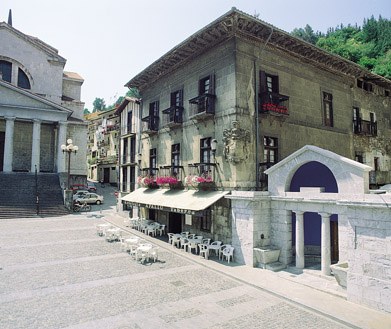
Galdona Palace
This beautiful building of the 15 century, located in the Txurruka Plaza, is a baroque building with forged balconies, ornate eaves and a beautiful coat of arms located on the corner of its ground floor.
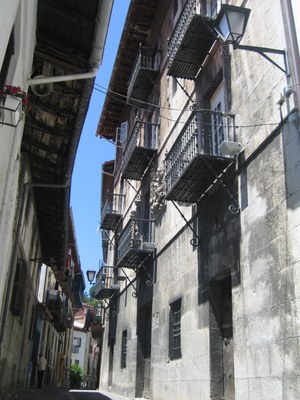
Arrietakua Palace
Historic-Artistic Heritage Site
This palace was built by Antonio Gaztañeta, Lieutenant General of the Royal Navy, at the beginning of the 18th century. At the end of the same century it became the property of Cosme Damián Churruca, at that time the mayor of the town and a prominent historical figure within the municipality.
This baroque building emphasises its forged balconies, carved eaves its coat of arms. It also retains its original interior structure, which allows visitors to go back to the eighteenth century and observe aspects of daily life of the time.
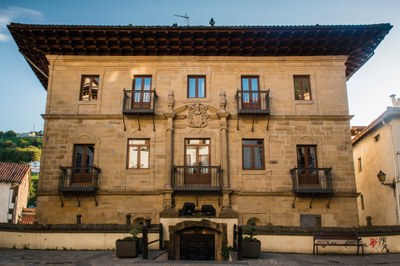
Zabiel Palace
Historic-Artistic Heritage Site
This beautiful Baroque palace, also known as Granada, was part of the Estate of the Dukes of Granada de Ega.
Its ornate façade has a main door framed by columns rising up to the second storey. On the central balcony, the family crest of the Zabiel can be seen. The side façades reveal interesting elements of a former building.
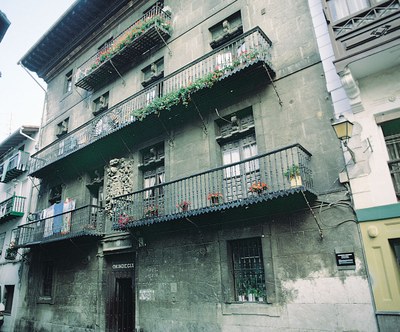
Olazaharra Mizkia Palace
Historic-Artistic Heritage Site
Built at the end of the 17th century by Captain Lucas de Olazarra y de Mizquia. This stately building has a formidable masonry façade, where its large wrought-iron balconies make a statement and the large family crest of the Olazarra can be observed, located above the main door.
The building was completed with wide eaves made of carved scenes between the beams, similar to those of Galdona House.
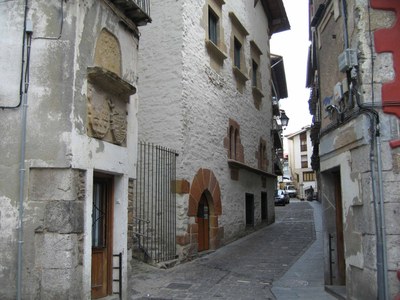
Luardo dorrea
It is believed that this building is the very same medieval tower-house appearing in various ancient texts going by the name of the Barrenkale Tower.
Of its unmistakable Gothic style, its most characteristic architectural elements are the geminated windows, double doors with half point arches and a pointed arch, as well as its patín staircase (stairs leading up to a terrace) on its left side granting access to the ground floor, the main floor of the building.
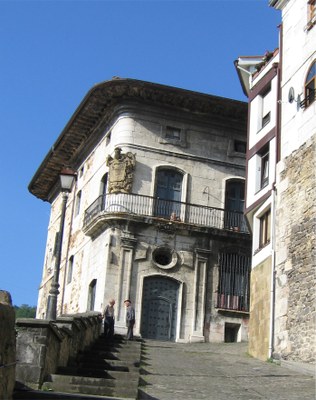
Montalivet Palace
Historic-Artistic Heritage Site
The construction of this baroque palace during the 18th century was ordered by Captain José Iturribalzaga Sánchez-Revata Montalivet y Forjado, Baron of Oña.
It was designed by Francisco de Ibero, the most representative architect of the Gipuzkoan baroque.
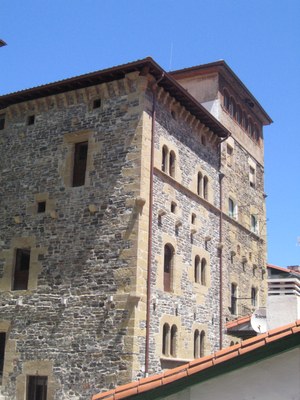
Berriatua dorrea
Overlooking the port of the village, it is the best preserved Gothic tower house in Gipuzkoa.
This building is also known as “Sulaingoa”, meaning “before the fire”, a name given to it because it was one of the few buildings that survived a fire that swept through the town in 1543.
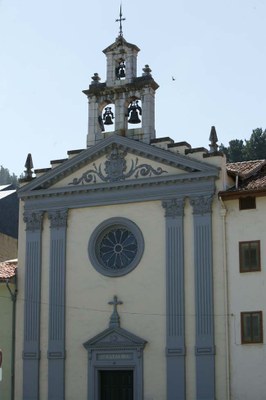
Santa Katalina komendua
The town’s first convent was founded in 1572 by Juan Ochoa de Berriatua, and was located in the Areiceta Tower House. In 1630, following the order of the Council of Trent, the convent was moved to the Berriatua Tower.
Years later, it would change its location again to the place where it is found today. Its interior showcases the main altarpiece of the church with two large paintings by Van Dick and Rechorest representing the martyrdom of Santa Catherine and the crucifixion of the Christ, respectively.
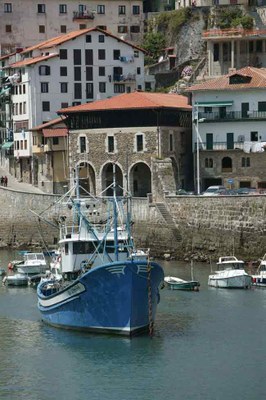
Lonja zaharra
It is one of the most emblematic buildings of the town. Despite having undergone various transformations, it still retains the Renaissance Gothic style of its origins, dating back to the 15th century.
Built using stonework and ashlar masonry, its main façade has a large portico with wide half point arches. .
Moilako dorretxea
This peculiar fishermen's house is an urban tower-house dating back to the 16th century.
This Renaissance building exhibits a front masonry façade covering the ground floor, with windows made to a half point and a window door in a semi-circular arch.
The upper floors give rise to large wooden balconies.


